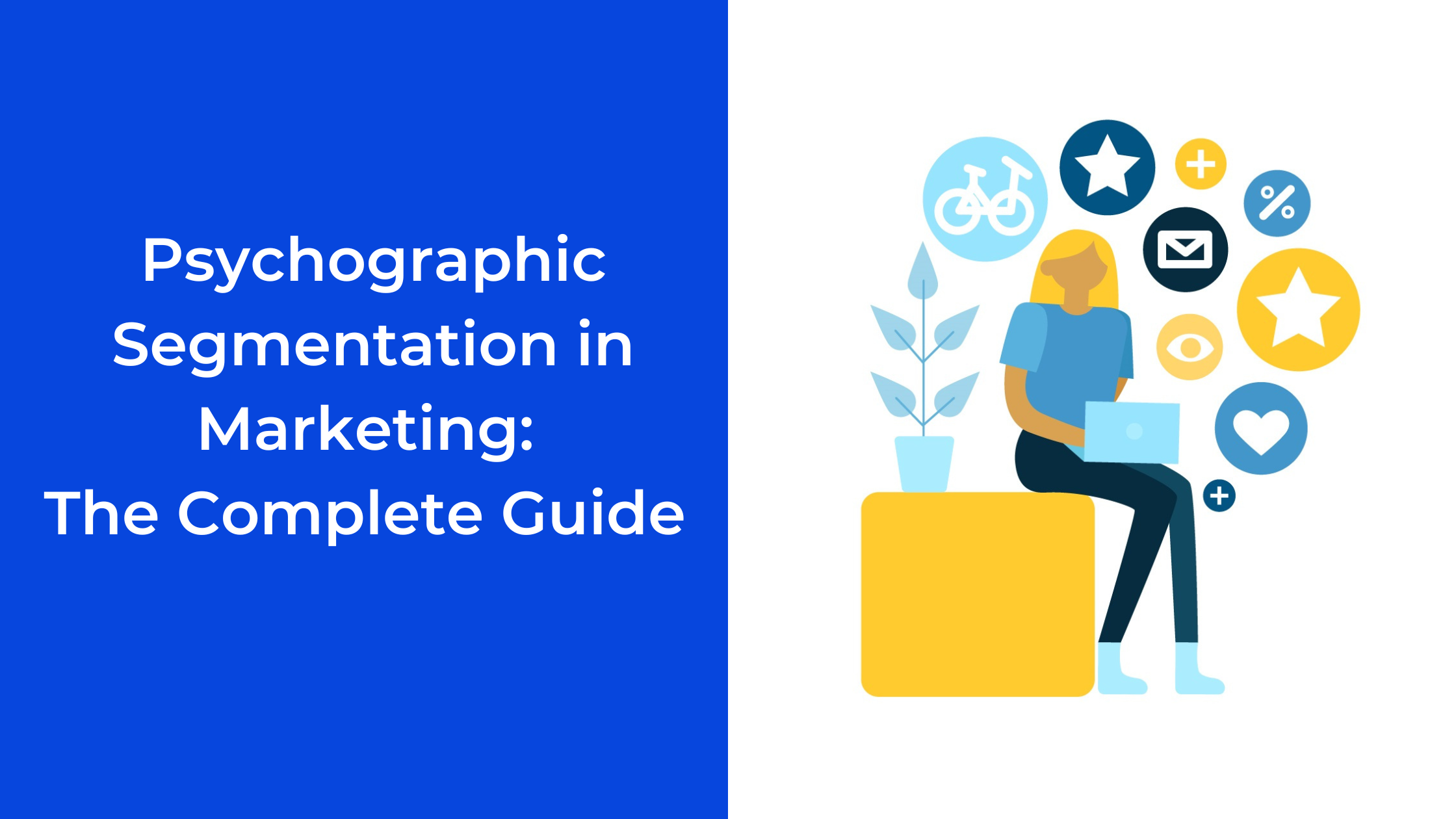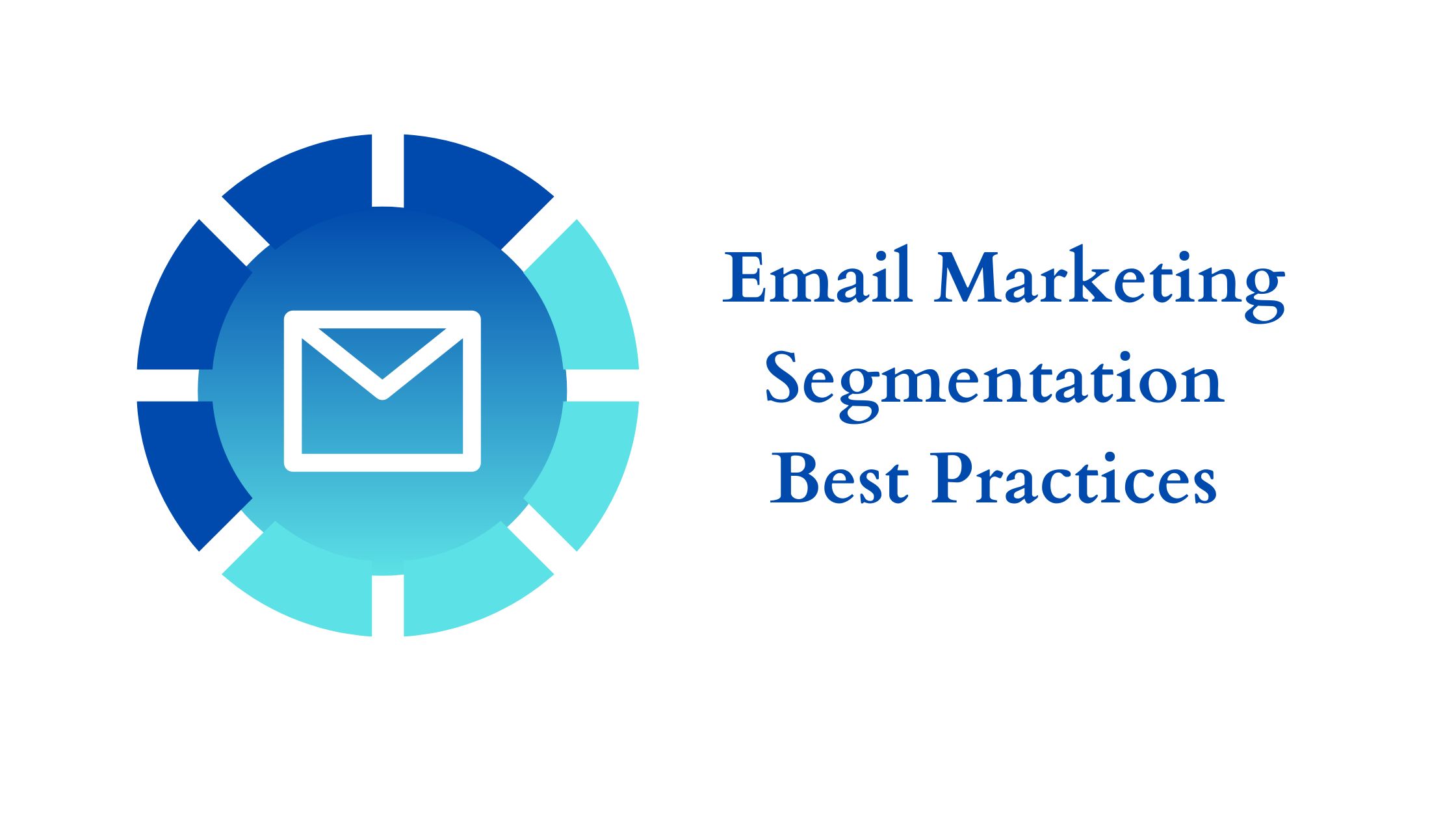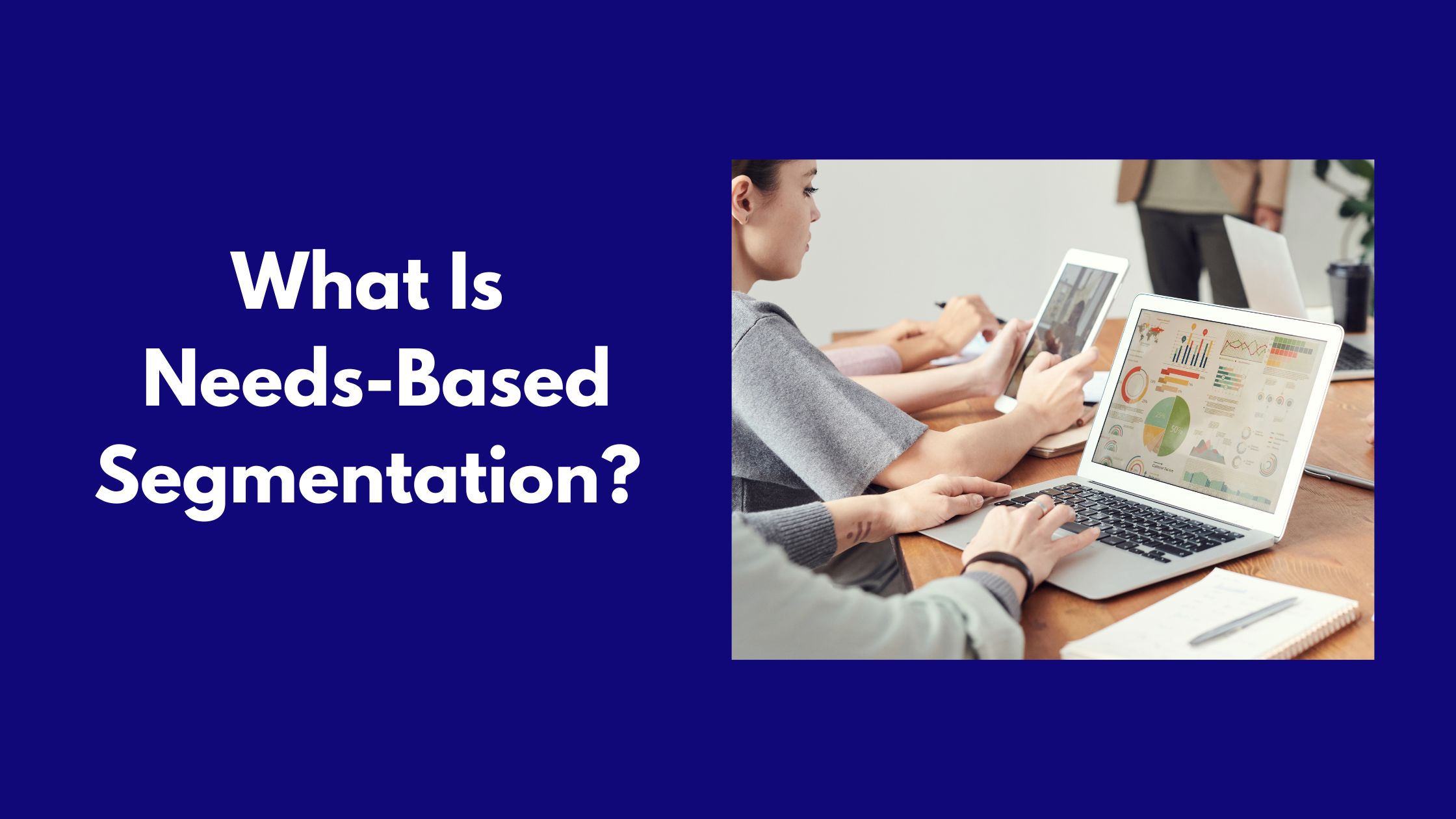Your Perfect Guide To Behavioral Marketing Segmentation For eCommerce
Marketing for your brand, increasing your sales, and attracting new customers demands understanding your customers fully. To sell your products to a group of people, that requires a full and detailed understanding of how they think, what they want, what they need, where they are located, what they want to hear exactly, what they hate or love … etc.
Knowing all of this about your customers can help you create a very personalized and tailored experience for them. Doing this can directly affect their purchasing decision and can help you increase your sales alongside satisfying their needs.
This all falls under the behavioral segmentation of your audience for your eCommerce. Know everything you need about behavioral marketing segmentation to boost your sales and marketing. Read on!
Table of Content:
- What is Behavioral Marketing Segmentation for eCommerce?
- 7 Types of Behavioral Marketing Segmentation for eCommerce
- 5 Benefits of Behavioral Marketing Segmentation for eCommerce
- How To Start Behavioral Segmentation For Your eCommerce?
- Auto-segment Your Audiences With Ease
What is Behavioral Marketing Segmentation for eCommerce?
Behavioral marketing segmentation for eCommerce is all about dividing your customers into groups based on their behaviors. Customers’ behaviors change according to the stage they are in their customers' lifecycle.
Behavioral marketing segmentation for eCommerce mainly studies the behavior of your audience towards your products, your brands, your website, and more. It is all about understanding their purchasing behaviors so that you can execute more personalized, successful marketing campaigns that can lead to more customer retention.
Types of Behavioral Marketing Segmentation for eCommerce
Throughout the purchasing journey of the customers, their behaviors change. Hence, segmenting the audiences into different behavioral groups can lead to a more tailored shopping experience and more sales.
Here are the main types of behavioral segmentations that can help you divide your customers throughout their journey:
1- Usage & Purchase Behavior
This is based on the multiple behavior patterns that customers do while purchasing or making a decision. This might include the buying stage they are in, their role in the purchasing process, their problems, and their needs and wants. You can also think about the questions they might have about your business and product at that stage.
For example, customers in the research stage will need different information other than that customers in the buying stage.
2- Time-Based & Occasion Behavior
From the title, you can understand that this one is totally related to certain timings, events or occasions. Hence, this one is studying the behavior of customers who are most likely to buy from you on certain occasions. This can be Christmas, Mother’s day, Valentine’s, or it can also be weddings, bridal showers or buying a new house.
Studying and analyzing this type of customer, knowing who they are, where they are, and how you can target them, can help enhance and maximize your sales as well as provide them with a personalized shopping experience. For example, you can send a personalized email with the customer’s name on this certain occasion with a special offer for them!
3- Benefits Driven Behavior
It means segmenting your audience based on the value they are searching to gain from your product or service. This can help you know what the specifics this audience wants to hear are; hence you can formulate a very tailored marketing message that will help you sell more.
For example, are they looking for quality or a certain benefit? What are the USPs of your product?
For example, some customers might be buying a car for speed others might be buying the same car for its gas consumption. Knowing this will help you execute a perfect marketing plan.
4- Customer Loyalty Behavior
Loyalty-based segmentation analyzes how loyal a customer is for your brand. Does he buy only during offers? Or does he get attracted with a rewards program? How many times did he purchase from you? This might also include the general engagement of your customers with your marketing efforts.
Studying the repeated behaviors of your customers can tell you a lot about them and their needs and also can help you with your future marketing activities.
Loyal customers can be super helpful in boosting your brand with nearly no fees through referrals, word of mouth, and feedback. For example, you can watch the behaviors of your customers closely to know who are the best ones to provide them with a loyalty program, and also this can help you know what you can do to make them happy.
5- Satisfaction
Are your customers satisfied? Are they not? What was the feedback they left on your page? Did they help in spreading word-of-mouth?
Real-time behavioral market segmentation data can be super beneficial and way more accurate in measuring customer satisfaction than any other marketing activity.
6- Customers’ Interests
Knowing what your customers are interested in can help you provide them with exactly what they want and are willing to purchase. This can be a great way to boost your sales. Divide your customers into groups according to their interests and start sending them offers on those product types they are interested in. This can lead to turning your customers into brand advocates. You can also use upselling and cross-selling techniques based on their interests.
7- Customers Engagement
Who are your most engaged audiences, and who are the least ones?
Engagement-based behavioral segmentation allows you to know how your customers feel during or after their purchase. This can happen through social media listening. Engage your customers in every stage with what will excite and interest them through fun and attractive content. Don’t always try to sell to them. Moreover, you can watch how they interact and react to your activities. Those behaviors can tell you a lot about what they need and desire.
5 Benefits of Behavioral Marketing Segmentation for eCommerce
Behavioral marketing segmentation allows marketers to study customers’ behavior, needs, wants and motivations. This can help businesses tailor and personalize their marketing activities. Behavioral marketing segmentation helps you send out the right message at the right time to the right person. However, explore more benefits below:
-
Do More Personalized Marketing
Hence, using behavioral marketing segmentation can help you become way more customer oriented.
-
Identify & Divide Your Customers
Analyzing and studying your customers can help you identify and segment the existing and prospects ones. This can help you to know who are the ones with the most engagement. This can help you take future informed marketing decisions and actions that can be super precise. Also, this leads to more cost-effective marketing activities.
-
Predict Future Behaviors
Understanding the current customers’ behaviors and identifying your customers’ patterns can be crucial! It can help you know what you need to do more of and what you need to stop doing. What products you should be focusing on, and which ones you should put on sale. Analyzing your customers’ habits can help you target them at the right time and place during their journey and can help you give them exactly what they need in the future.
-
Present Accurate Content & Messages
Behavioral marketing segmentation allows marketers to formulate and create content with the exact right message for each segment group. Using the right keywords and the most appealing visuals for each segment group can have a very positive effect on your conversion rates. The more personalized the content of the message, the more likely it will convert and appeal to the audience.
-
Build Brand Loyalty
Customers who feel appreciated will always come back. Personalized messages and tailored experiences will directly lead your one-time shopper to be your regular loyal customer. The more your customers feel special, the more they get emotionally attached to your brand, the more they buy from you.
How To Start Behavioral Segmentation For Your eCommerce?
As we said before, behavioral segmentation can lead to very successful, cost-effective marketing campaigns.
To start doing behavioral segmentation, you can start planning as follows:
- Start by determining the goals and objectives you want to achieve for your brand, i.e, increase sales/engagement/awareness …etc.
- Choose the behavioral segmentation type that perfectly suits your campaign/goals/brand/audience.
- Start analyzing your customers’ patterns and behaviors.
- Divide your customers into segments.
- Start using behavioral segmentation in your marketing activities, i.e. email content, pricing, campaign message, and offers on certain products.
- Gather the results, analyze the data you have, and watch closely what you can do better and what you need to proceed on with.
- Repeat it all with the information you have now.
Using behavioral marketing segmentations can help boost your sales, maximize your brand loyalty, increase your brand engagement, help you create an emotional relationship with your clients, and build good brand positioning in your customers’ minds. Moreover, it can help you create personalized experiences and offers, enhance your targeting accuracy, and use every customer touchpoint.
To do this, you don’t need to be overwhelmed. Segmenting your audiences and targeting them right can take place with only one click.
Auto-segment Your Audiences With Ease
Now you can easily segment your audiences with only one click with Convertedin. No need to filter and analyze customer segments on your own anymore; with Convertedin's automated segmentation engine, you can easily achieve your perfect audience targeting.
You can filter your audience based on various transactional events and buying behaviors. Personalize your retention strategies for your most valuable shoppers. No need to use manual imports anymore; your saved segments will automatically update in real time.


